There are multiple causes of spinal stenosis in the lower back. All of them can cause limited tolerance to standing or walking. Most people with spinal stenosis find that they can walk better when bending forward or leaning on a shopping cart.
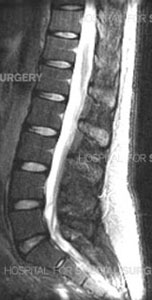

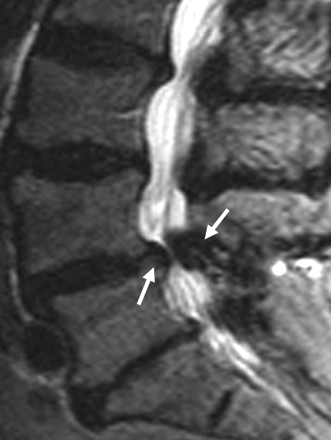
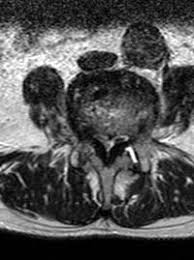

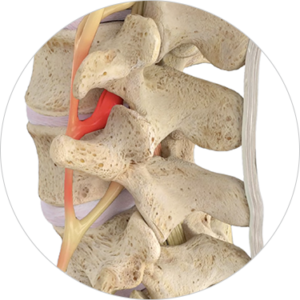
The usual treatment is surgery where an incision is made, muscles and tendons attached to the back of the vertebrae are disconnected and bone is removed. This is very invasive.
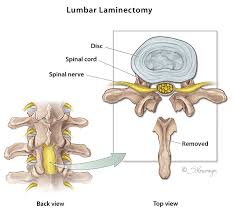
This minimally invasive method to treat spinal stenosis is to remove some of the thickened ligament inside the back arch of the spinal canal, making the ligament thinner. This is accomplished without the disconnection of tendons, ligaments and removal of bone. This is the MILD technique (Minimally Invasive Lumbar Decompression). It is by Vertos Medical and has been available for nearly seven years. Video Courtest of Vertos Medical
Courtesy of Boston Scientific


By making more room for the nerves, function improves so walking distance and standing tolerance gets better. This minimally invasive option can treat the structural problem causing the stenosis, which avoids standard surgical treatment. We implant a spacer between the vertebrae to prevent compression on the nerves in the central canal and exit canals when the patient is standing up straight. This is the Vertiflex Superion technique.
By keeping the vertebrae apart, there is more room for the nerves passing through and exiting from the narrowed canals. This procedure is performed through a small incision, using fluoroscope to guide the placement, as an outpatient, under local anesthesia with sedation or general anesthesia.
So there are two minimally invasive methods to treat spinal stenosis by removing some of the ligament inside the back of the spinal canal, making the ligament thinner or by placing a spacer between the vertebrae spinous processes. Both are accomplished without the disconnection of tendons, ligaments and removal of bone. Both are FDA approved and have been available for years.
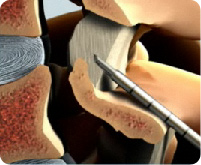
Both methods are performed as an outpatient, using very small incision(s), under local anesthesia with sedation, using a fluoroscope to guide the technique. Both have a recovery that is far faster than traditional spine surgical treatment for spinal stenosis.
Dr. Rogers and Dr. Boyajian have been performing these techniques since they have been FDA approved in the United States.